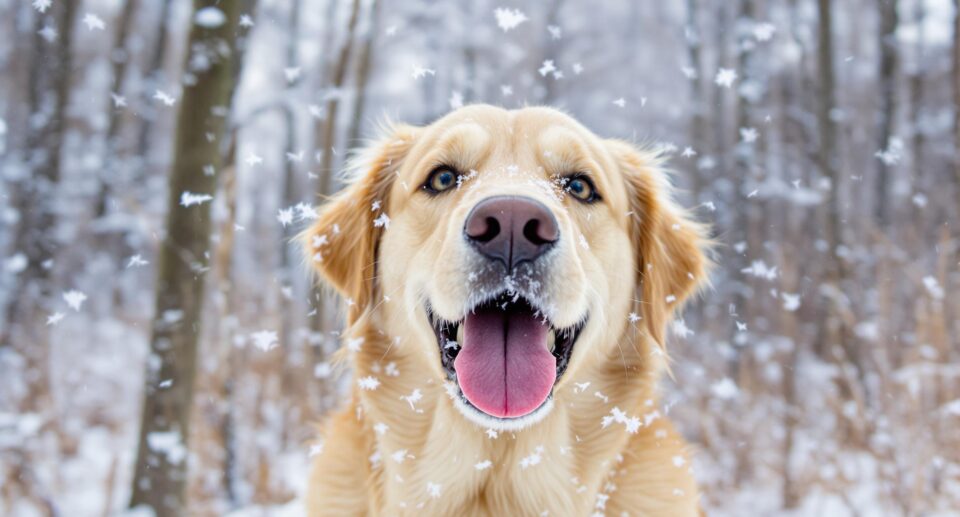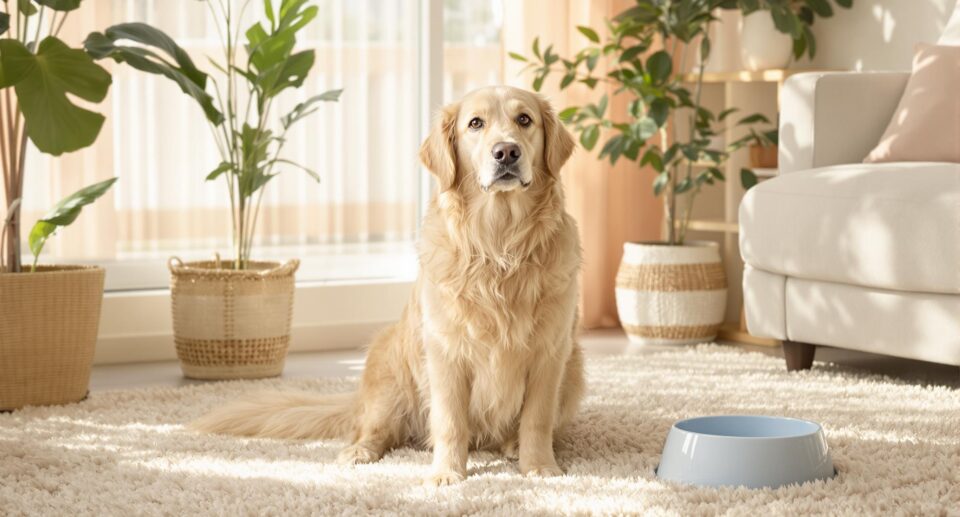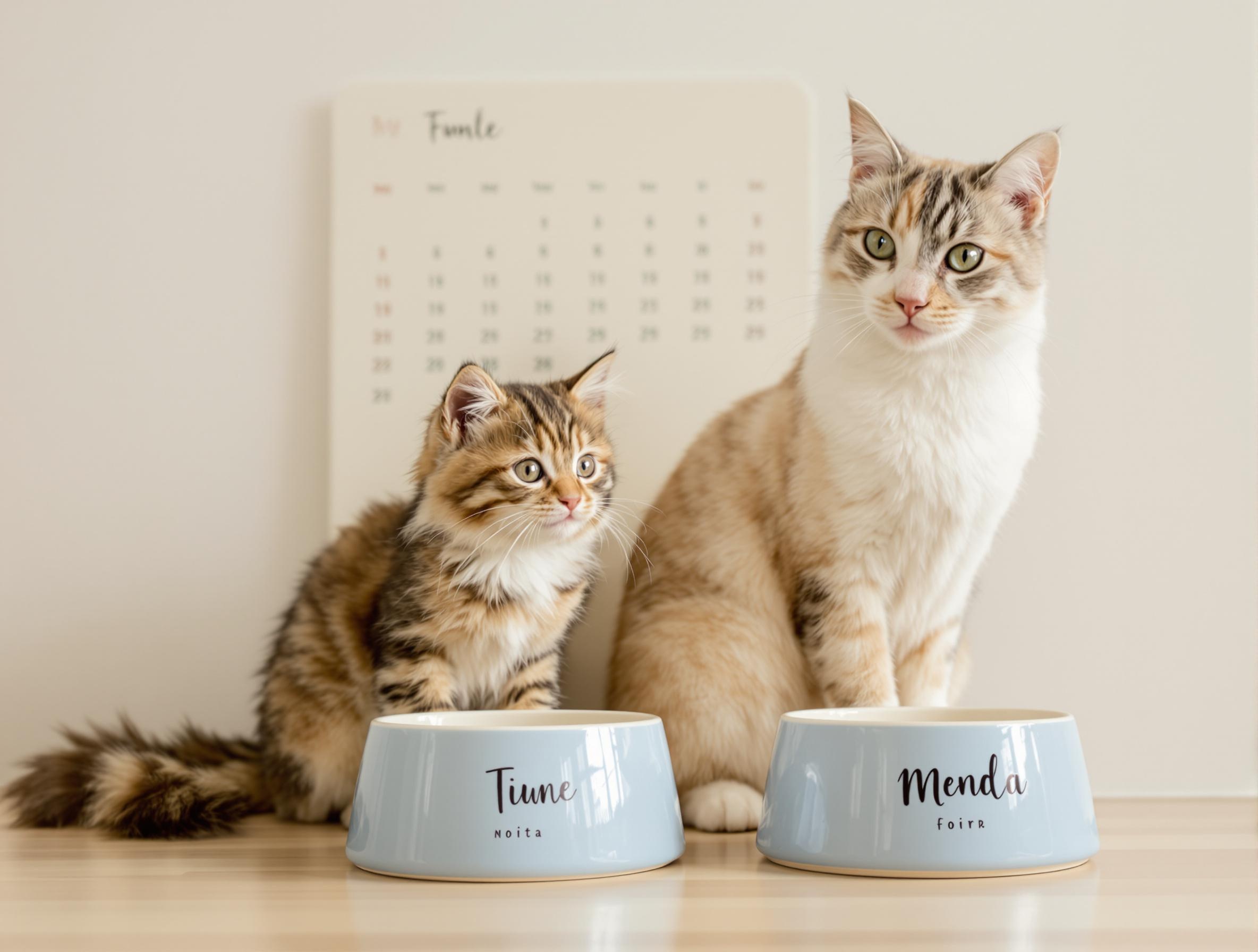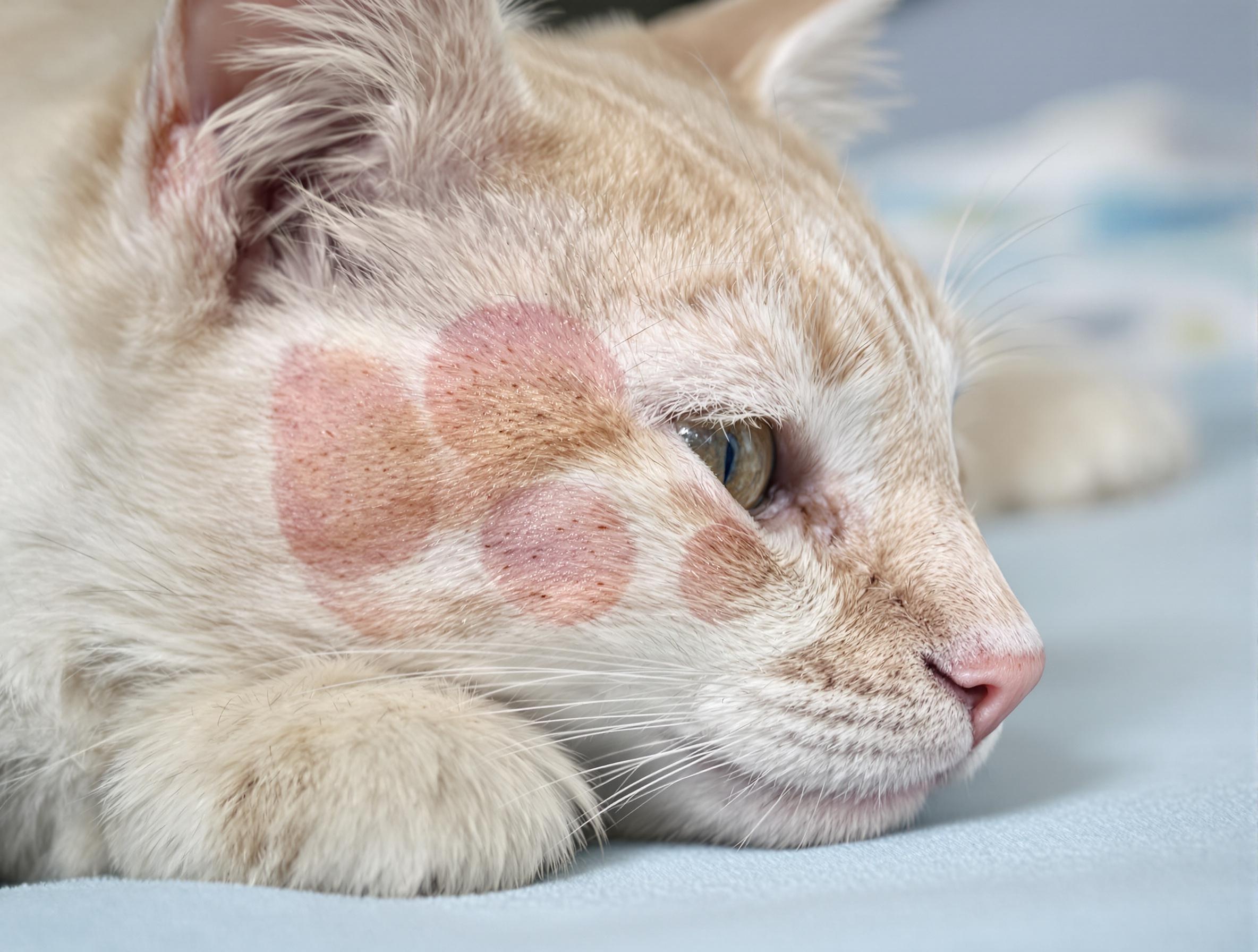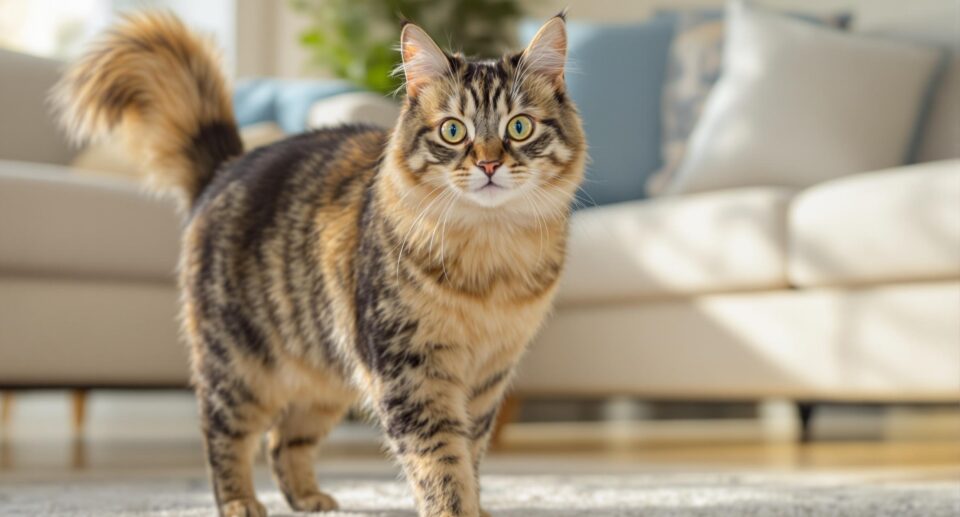
Key Takeaways:
- A tail held high with a slight curve shows happiness and confidence, while a puffed tail usually means fear or stress.
- Quick tail movements like twitching or swishing can mean excitement or irritation—watch the rest of your cat’s body to get the full picture.
- Tail positions like tucking or quivering may show discomfort or marking behaviors. If anything feels off, check in with your vet.
Your cat’s tail is more than just something they flick around—it’s a powerful signal of how they’re feeling. From excitement to irritation and comfort to fear, a cat’s tail position can say a lot without a single meow. Learning how to read these cues can help strengthen the connection between you and your feline companion.
Understanding tail language is one way to build trust and know what your cat needs in different situations. If you’re ever unsure about what your cat’s body language is trying to say, PetHealthMD has plenty of helpful guides to help you become a more confident cat owner.
1. Tail Up: A Sign of a Happy Cat
When a cat walks over with their tail straight up—maybe with a little curve at the end—it’s a good sign. They’re happy, confident, and feel good about the situation. Cats use this position when greeting someone they know, whether it’s a favorite person or another friendly cat. It’s kind of like a wave and a smile in cat language. If you see this, feel free to offer gentle pets or kind words. It’s a small way to build more trust and connection.
2. Tail Twitching: A Sign of Excitement or Irritation
Cats often flick or twitch their tails in small, quick motions when they’re excited or focused, like watching birds out the window. But sometimes, the same tail flicks can mean they’re starting to get irritated.
The trick is to check what the rest of their body is doing. Are they calm and alert? Then they’re probably just interested. Are they tense or looking away? That tail might be saying they’ve had enough. Learning to read this helps avoid overstimulation and keeps playtime fun and safe.
3. Puffed Up Tail: A Sign of Fear or Aggression
When a cat’s tail suddenly puffs up and looks twice as big, they’re scared—or ready to stand their ground. It’s a defense move, making them appear larger to whatever’s upsetting them.
Loud sounds, unexpected guests, or spotting another animal through a window can all trigger this reaction. Young cats sometimes puff up while playing, too, just for practice. Creating calm, quiet spaces helps reduce these flare-ups. However, if it happens often or your cat seems anxious, a vet can help figure out why.
4. Curled Tail: A Sign of Relaxation
A tail loosely curled around the body, or snugly wrapped around the paws, usually means your cat feels relaxed and safe. It’s a favorite pose during naps or cozy lounging. Providing soft beds or quiet windowsills encourages this peaceful behavior. It’s one of the best signs your cat feels at home and comfortable.
5. Tail Swishing: A Sign of Agitation
A slowly swaying tail, especially if it picks up speed, can mean your cat is irritated or overstimulated. It’s often a sign that they need a break. If your cat’s been playing, watching something intently, or just had a few too many pets, this kind of tail movement is like a gentle warning. Letting your cat have some space when you see it helps them stay calm and happy.
6. Tail Wrapped Around Another Cat: A Sign of Friendship
When a cat wraps its tail around another cat, it’s a sweet and simple way of saying, “You’re my friend.” This friendly gesture often shows up between cats that share a close bond. You might see them resting together, grooming each other, or just hanging out side-by-side. Giving your cats a shared space where they feel safe can encourage this kind of connection.
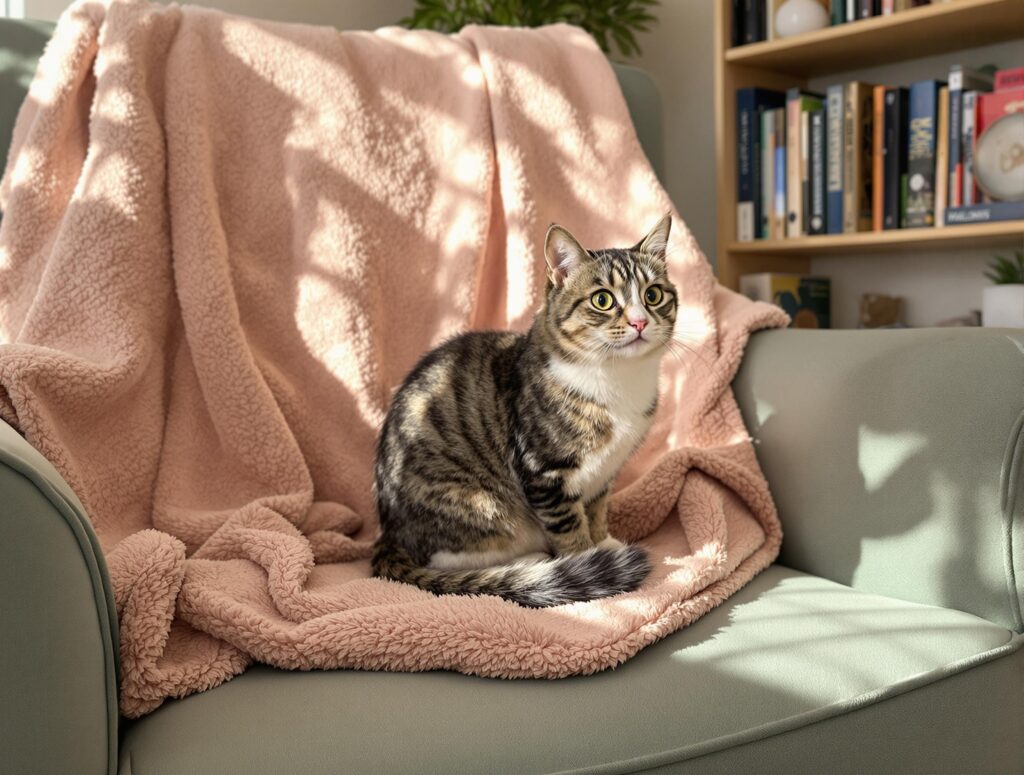
7. Tail Tucked Under the Body: A Sign of Submission or Fear
If a cat pulls their tail tightly under their body, it’s likely scared, nervous, or not sure about what’s happening. It’s like when someone pulls a blanket over their head. This may happen during stressful events like car rides, loud noises, or vet visits. It helps to talk softly and give them somewhere to hide until they feel okay again. If this posture shows up often, a vet can help you understand what might be causing the stress.
8. Tail Quivering: A Sign of Excitement or Marking Territory
A tail that quivers while held straight up can mean your cat is super happy, or they might be marking something as theirs. This often happens when they greet someone they love or rub up against furniture or doorways.
Responding with a gentle rub or kind voice helps reinforce your bond. If your cat is marking too often, your vet can help figure out the cause.
Frequently Asked Questions About Cat Tail Language
How can I tell when my cat is feeling happy?
A tail held high with a soft curve, like a question mark, is a common sign your cat is content and curious. You may also notice relaxed eyes, upright ears, and a willingness to engage or explore their surroundings.
What’s my cat trying to tell me during playtime?
Light tail twitching usually means they’re excited and engaged. If the movements get quicker or your cat stiffens, it’s a good idea to ease up and let them relax. Watching for other signs, like pinned ears or fast breathing, can also help you gauge how they’re feeling.
Is a curled-up cat always relaxed?
Usually, yes. A cat that curls its tail and has a loose body and soft eyes is likely feeling secure and at ease. This is especially true if they choose a warm, quiet place to rest.
Why does my cat tuck their tail between their legs?
This usually means your cat is feeling nervous, unsure, or trying to avoid attention. It’s a common posture during vet visits, loud noises, or any situation that makes them uneasy.
What does it mean when my cat’s tail gently wraps around me?
A soft tail wrap around your leg or arm is typically a friendly, affectionate gesture. It’s your cat’s way of saying they’re comfortable and enjoy being near you.
Enhancing Your Bond with Your Cat
Paying attention to your cat’s tail can help you understand how they feel, even when they don’t make a sound. These little signals let you know when they’re happy, annoyed, nervous, or ready to hang out. The more you notice and respect what your cat’s tail is saying, the more relaxed and connected they’ll feel with you. Want to support your cat’s health even more? Visit 1800PetMeds Cat Supplies for vet-recommended products, supplements, and essentials that help your cat feel their best every day.

